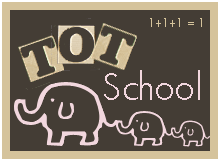What is a number?
How can numbers help us?
What are different ways we can count?
Why is money important?
Can we buy things without money?
What is a fraction?
How can we show a fraction?
Where can fractions be found in the world around us?
Identify numerals 1-10 and match sets of objects to the numbers and order the sets from least to greatest.
Use numbers to locate, order, label, measure and make comparisons.
Identify position of objects: 1st, 2nd, 3rd, 4th, 5th, last.
Use objects to act out story problems and solve practical problems that model combining, separating, comparing, missing...
Basic multiplication or ratios: 1 cat has 4 legs. 2 cats have 8 legs.
Count past 50. Group and count objects by 2's and 10's.
Estimate number of objects in a set using 10 as a benchmark. Count and determine if amount is more or less than 10.
Identify sets and numbers which are one more and one less.
Recognize pennies and dimes. Count and trade pennies for objects.
Take a set of objects and form two smaller sets that have equal amounts.
Cut objects into 2 parts and describe equal shares as halves and unequal shares as not halves.
Use a variety of models to identify a hole and a half.
Cut an object into two parts and describe the parts as closer to a whole, closer to a half, or closer to having very little.
Recognize that two halves put together make a whole.
Division and fractions:
Take 8 dry kidney beans and separate equally among 4 bowls. Then 9 beans and 3 bowls. 10 beans and 2 bowls. etc.
Subscribe to:
Post Comments (Atom)


No comments:
Post a Comment